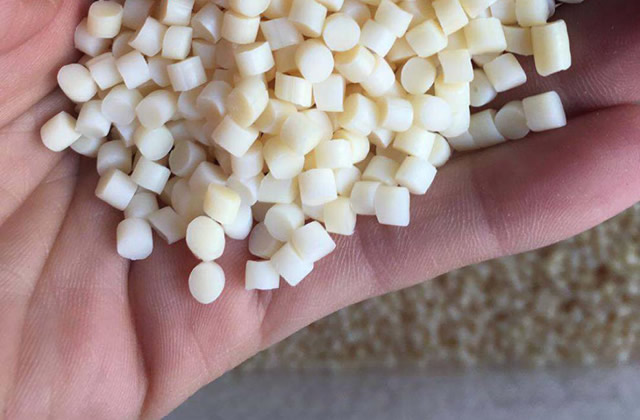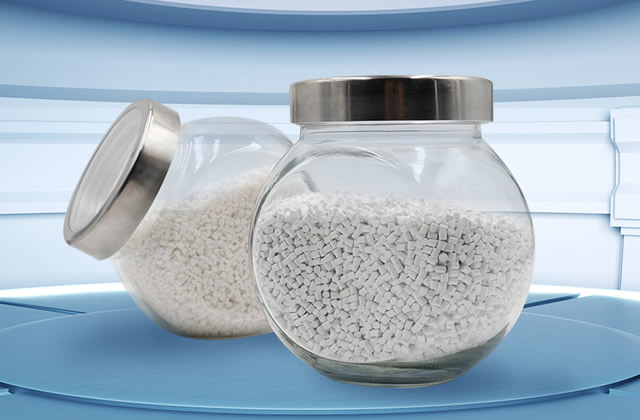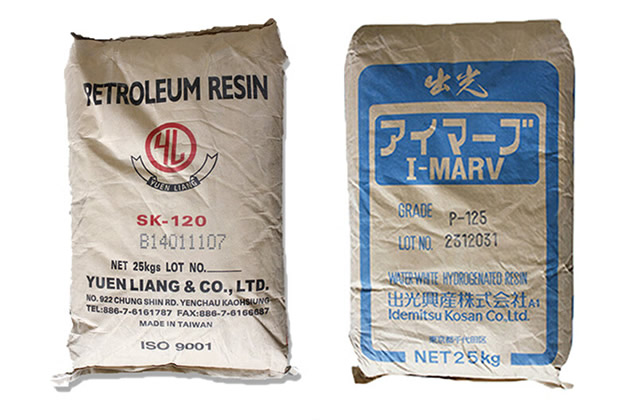1. What is polyether defoamer?
Polyether defoamer is one of the most important types of defoamer products and is a non-ionic surfactant. It has excellent defoaming and anti-foaming functions. It is non-toxic, difficult to dissolve in water and easily soluble in organic solvents. It can be used alone or formulated into emulsion. It is non-toxic, odorless, non-irritating and easily soluble in water. Due to its characteristics such as dispersion, in addition to general industrial applications, it can also be used in industries such as food, fermentation, cosmetics and medicine.
2. What is the difference between polyether defoamer and silicone defoamer?
There are many types of defoamer on the market, polyether defoamer Agents and silicone defoaming agents are the two most commonly used ones, so what is the difference between these two defoaming agents?
1. Appearance difference
Polyether defoamer is generally a colorless or yellow transparent viscous liquid, while silicone defoamer is a milky white viscous emulsion .

2. Differences in ingredients
Polyether defoamer is mainly composed of ethylene oxide ( EO) and propylene oxide (PO) ring-opening polymerization, it is a nonionic water-soluble surfactant with good defoaming effect; while silicone defoamer is made of silicone grease, emulsifier, thickener The agent is emulsified with water.
3. Performance difference
When a large amount of foam appears, the defoaming efficiency of polyether defoaming agent is relatively low and the foam cannot be eliminated quickly. However, But it can suppress foaming for a long time. It has no pungent odor or side effects and can be quickly spread in organic solvents without affecting the performance of the product.
Ordinary silicone itself has no defoaming ability. The surface tension is reduced after emulsification. At this time, rapid defoaming and foam suppression properties can be achieved with a small amount, and due to the insolubility of silicone oil , it can be used in both water-based and oil-based systems, has stable chemical properties, and has good defoaming effect under acid, alkali and salt conditions.
4. Application differences
Polyether defoaming agents are widely used in the pharmaceutical industry, various antibiotics (such as tetracycline, oxytetracycline, etc.), Food fermentation, cosmetics production, and can also be used in textile printing and dyeing, paint, coating, circuit board, papermaking and other industries.
Organic silicone defoaming agents are generally used in textile slurry, industrial water treatment, mud defoaming in oil mining, water-based coatings and other needs.Industries that require long foam suppression and rapid defoaming.
3. Which one is better, polyether defoamer or silicone defoamer?
What is the difference between polyether defoamer and silicone defoamer? Relatively speaking, the two defoaming agents each have their own advantages and disadvantages:
1. Advantages and disadvantages of polyether defoaming agent
Advantages: Long-lasting anti-foaming properties.
Disadvantages: When the amount of foam is large, the polyether defoaming agent cannot eliminate the foam in a timely and effective manner.
2. Advantages and Disadvantages of Silicone Defoamer
Advantages: Adding a small amount can quickly achieve the defoaming effect and suppress foam for a long time, but Not as effective as polyether defoamer.
Disadvantages: During the emulsification process of silicone defoamer, improper operation will seriously affect its performance.
In summary, the two defoaming agents are not necessarily better. When choosing, the appropriate defoaming agent is mainly selected according to the needs of industrial production.
If the website content violates your rights, please contact us to delete it。








